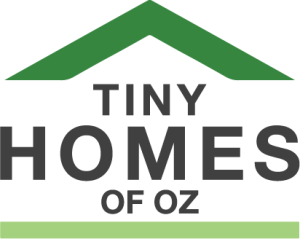Tiny homes have emerged as a popular and practical housing option for a variety of reasons, including affordability, sustainability, and flexibility. Many individuals, including young adults and the elderly, are seeking alternatives to traditional housing due to rising costs and changing lifestyles. With the COVID-19 pandemic creating additional economic challenges, tiny homes may be a viable solution for those seeking independence and financial stability.
For many young adults, leaving home and starting their own lives is an exciting and often challenging experience. While the freedom and independence that come with leaving home can be exhilarating, it can also be difficult to find affordable housing in today’s economic climate. With increasing rent costs and job losses due to the COVID-19 pandemic, many young adults are struggling to find stable and affordable housing options.
This is where tiny homes can offer a unique and attractive solution. By providing a more affordable and manageable living space, tiny homes allow young adults to pursue their dreams and maintain their independence without the burden of high rent or mortgage payments. Moreover, tiny homes offer flexibility and mobility that traditional homes do not, allowing individuals to move and explore new opportunities without the need for a permanent residence.
The benefits of tiny homes are not limited to young adults, however. As the population ages, many elderly individuals are seeking new housing options that allow them to maintain their independence and quality of life. Downsizing is becoming an increasingly popular option for seniors, as it allows them to reduce their living expenses while still enjoying a comfortable and functional living space.
In addition to affordability, tiny homes offer several other benefits for seniors. For example, many tiny homes are designed with accessibility in mind, featuring low entry thresholds, wide doorways, and other features that make it easier for individuals with mobility issues to navigate. Furthermore, tiny homes can be located near family members or caregivers, providing a sense of community and support that is often lacking in traditional housing settings.
One of the main attractions of tiny homes is their sustainability. With a smaller footprint and more efficient use of resources, tiny homes are a more environmentally friendly housing option than traditional homes. Additionally, many tiny homes are designed to be off-grid, utilising solar power, composting toilets, and other sustainable technologies to minimise their environmental impact.
Finally, tiny homes offer a level of customisation and personalisation that is often lacking in traditional housing options. With a variety of sizes, styles, and features to choose from, individuals can design and build a home that meets their specific needs and preferences. From custom kitchens and bathrooms to unique storage solutions and creative living spaces, tiny homes offer endless possibilities for individuals seeking a more personalised and comfortable living space.
Overall, tiny homes have emerged as a popular and practical housing option for a wide range of individuals. From young adults seeking independence and financial stability to seniors looking for a comfortable and sustainable living space, tiny homes offer a variety of benefits that make them an attractive alternative to traditional housing options. If you are interested in learning more about tiny homes and how they can benefit you, contact Tiny Homes of Oz today to find out more.


